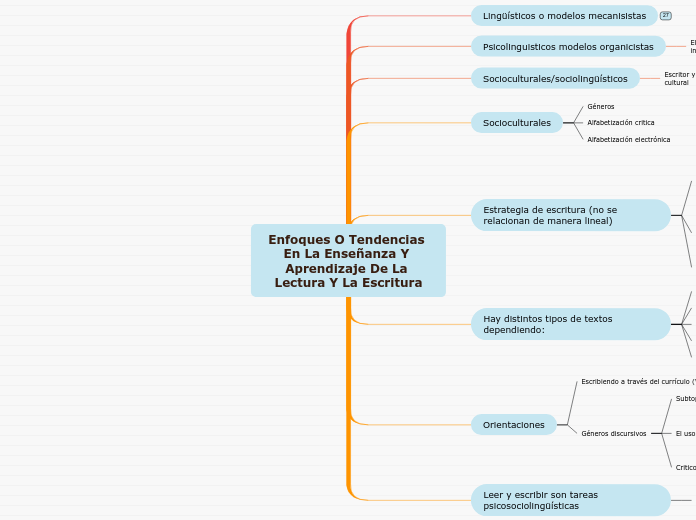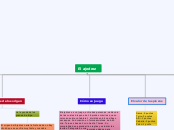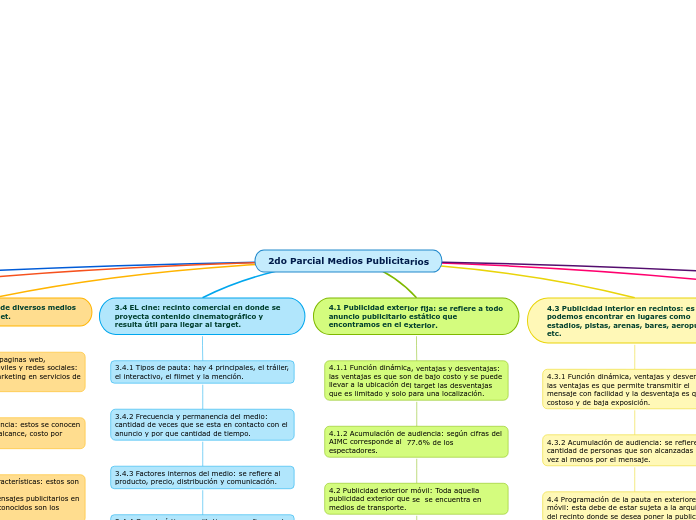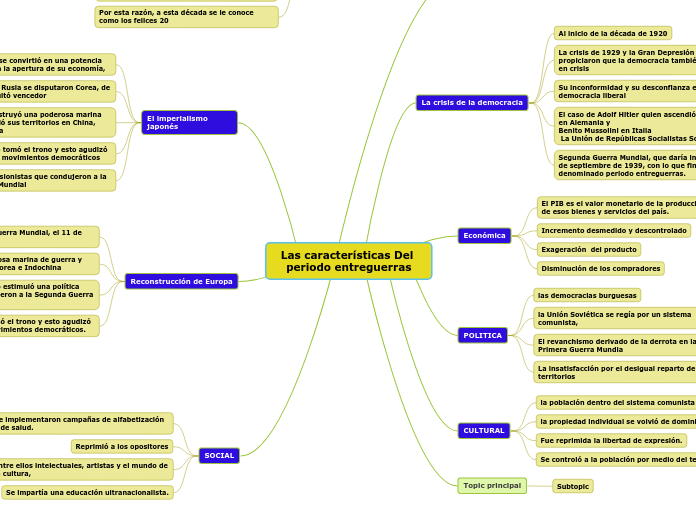Enfoques O Tendencias En La Enseñanza Y Aprendizaje De La Lectura Y La Escritura
To name your story, you have to think about the overall message and what you want your audience to understand from the story. Also, make it relevant and easy to remember.
Leer y escribir son tareas psicosociolingüísticas
Se deben enfocar a las necesidades del aprendiz
Orientaciones
Géneros discursivos
Critico
El uso (la pragmática)
Géneros disciplinarios
Ciencia
Económicos
Académicos
Subtopic
Escribiendo a través del currículo (WAC)
Escribir en la práctica sobre un tema
Hay distintos tipos de textos dependiendo:
El campo
La forma
El objetivo
Estrategia de escritura (no se relacionan de manera lineal)
Revisar evaluar
Textualizar (redactar) (construir el discurso)
Transferir
Cohesionar
Referenciar
Panificar
Generar ideas
Establecer planes
Representar
Socioculturales
Alfabetización electrónica
Alfabetización critica
Géneros
Socioculturales/sociolingüísticos
The ending of a story is essential. We all know that if the ending is weak, what happened before loses its importance. So make it unpredictable, but fair. A resolved ending answers all the questions and ties up any loose threads from the plot.
Escritor y lector tiene ideas previas en un contexto cultural
This is the moment when the main character surpasses the last obstacle and finally faces their greatest challenge.
The climax usually follows one of these patterns:
- realization
- resolution
- choice
Type in your answer.
Prácticas discursivas
Psicolinguisticos modelos organicistas
The middle of the story is where you add layers of complications that will lead to the end. Reveal more about the character's journey. Did their personality go through changes? How did they overcome the challenges? And as you build up the story’s central conflict, make it more personal to that character. Also, from the middle act, you have to lead into the final act.
El código lingüístico (el significado está en la interpretación del lector sobre un texto)
Comprensión lectora
Lingüísticos o modelos mecanisistas
In the beginning of the story (or the exposition), you will need to introduce the setting and characters. You might also want to introduce the main conflict. This part of the story is important because it gives the reader necessary background information and maybe even a first insight into a character’s personality.
Fundamentado en:
Lingüística del texto
Gramática Generativa
Gramática Estructuralista
Gramática tradicional
Objetivo recursos lingüísticos
The setting (time & place) of a story can change throughout the plot.
Sensory detail
Sensory details include sight, sound, touch, smell, and taste. These details are important because they create depth in your setting.
See a few examples below:
- the smell of fresh bread
- the scent of freshly cut grass
- rain falling onto the windshield etc.
Sensory details
Enseñanza (didácticas)
The weather is an important element in your story because it can highly influence the ambiance and the mood of the characters.
Taller
The most affected character is the main character. Write down here if he/she is affected by these weather conditions in any way. For example, if they lost a family member or their home during a hurricane, etc.
Practica (corrección)
Decide if you want to include an element of nature in your story. For example, a rainbow can be a very nice choice for a happy ending. The mist in a story can represent mystery and secrets. A thunder can appear in the background at the moment when the 'bad guy' of the story makes its appearance, etc.
Explicación teórica
Does your story include catastrophic weather? See a few suggestions below or add your own:
- hurricane, earthquake, storm, etc
Orientación
The time of the story can also change. It can describe the event of a single day or can include an entire year's plot. Anyway, don't forget to mention it.
Descriptiva
Ámbito
Your story can take place wherever your imagination will take you to.
For example: in an elevator, in an enchanted forest, etc. Don't forget to give details of the environment each time the setting changes, otherwise, the story can be confusing. Also, mention the seasons as each of them has unique weather and events.
Discurso en contexto
Texto
Oración
El código escrito (suma de significado) lo literal
Characters are essential to a good story. Usually, the protagonist(s) is/are the most affected by the plot. Introduce a character by focusing on their actions, interests, and occupation, as the physical appearance doesn't make a difference in most cases.
Lectura y redacción
Type in the name of your character.
Tipos de discurso
Add other properties of the character.
Coherencia
Add other qualities/attributes of the character.
Cohesión
What is your character's main goal?
fight Evilfind lovedefeat his/her enemyrule the worldmake friendstime travelmake an awesome discoveryOther
Construcción de oraciones
Which traits best describe the character's personality? Choose more if necessary:
introvertedloyalkindindependentquick-thinkingadventuresomeidealisticsweet-naturedcalmrisk-takercreativewittystrictfussyweirdclumsyharshaggressivecarelessclingingcowardlycrueldeceitfulimpulsiveOther
Normativa
Choose the type of your chacter:
Protagonist (main character)Antagonist (main character's opponent)Flat (stereotypical character)Round (his/ her personality develops throughout the story)Static (doesn't evolve as a person throughout the story)Dynamic (dramatical change in personality)Confidant (the main character trusts him/ her)Foil (contrasting character who enhances the personality of another character)Other










